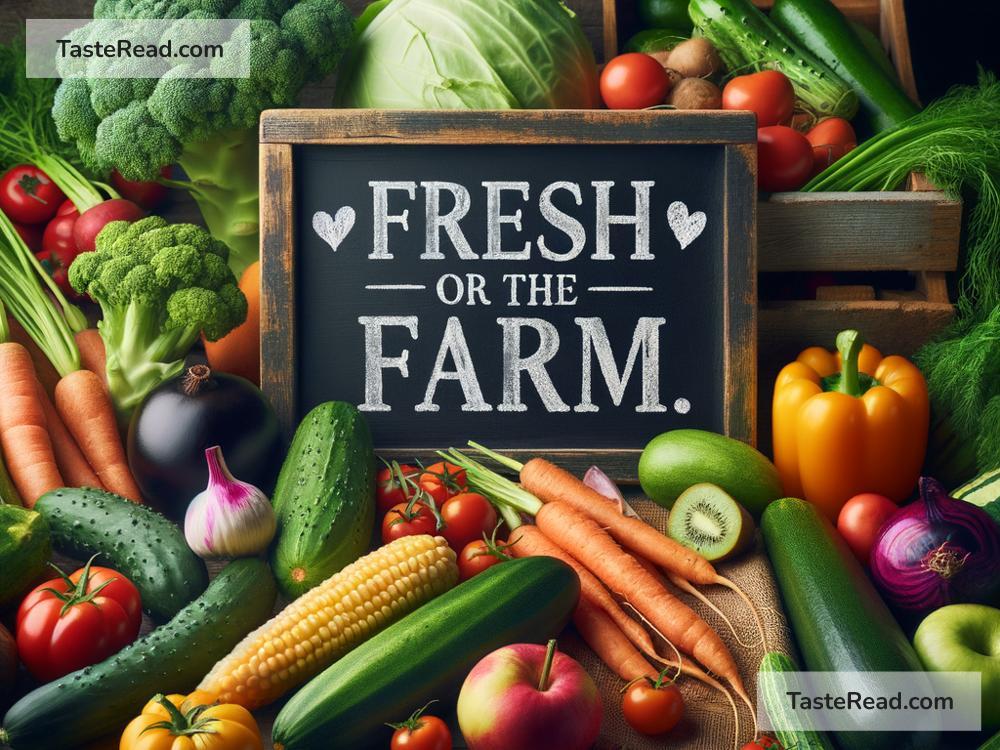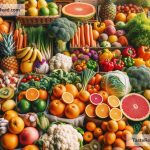Rediscovering the Roots: Embracing Community-Supported Agriculture in Meal Planning
In today’s fast-paced world, where convenience often outweighs quality, there’s a growing movement that’s taking us back to our roots, quite literally. It’s about connecting with the food we eat, understanding where it comes from, and who grows it. This movement? Community-Supported Agriculture (CSA). But what exactly is CSA, and how does it play into the art of meal planning? Let’s dive into this delicious topic.
What is Community-Supported Agriculture?
Imagine this: Fresh, seasonal produce directly from a farm to your kitchen table. That’s the essence of Community-Supported Agriculture. CSA is a partnership between farmers and the community. People like you and me buy “shares” of a farm’s harvest in advance. In return, we get a box full of fresh produce regularly throughout the farming season. It’s like subscribing to a magazine, but instead, you’re subscribing to a season’s worth of nature’s bounty.
The Fresh Perspective
One of the magical elements of joining a CSA is the variety and surprise of each box. Depending on the season, your box could include anything from crisp lettuces, heirloom tomatoes, to vibrant beets, and sweet corn. This naturally pushes the boundaries of your meal planning, urging you to get creative with what you have. It also reconnects you with the natural growing cycles of food.
Meal Planning with CSA: A Creative Adventure
Incorporating CSA into your meal planning isn’t just beneficial for your health; it’s an adventure for your taste buds. Each week becomes a culinary challenge: What inventive dishes can you create with what you’ve been given? This approach encourages a more plant-based diet, as you find ways to use up all that fresh produce. It also cultivates a sense of appreciation and connection to your food, knowing that it was grown with care, not mass-produced.
The Ripple Effect
The impact of supporting your local CSA extends beyond your kitchen. It nurtures the local economy, reduces the carbon footprint associated with long-distance food transportation, and promotes sustainable farming practices. You’re not just buying vegetables; you’re investing in your community and the planet.
Overcoming the Challenges
Of course, embracing CSA in your meal planning comes with its set of challenges. The “mystery box” aspect can be daunting. What if you get something you’ve never cooked before or don’t particularly enjoy? Here lies the opportunity for growth and discovery. Numerous resources online can guide you on how to prepare and store your newfound produce. Moreover, it’s a chance to expand your palate and cooking skills.
Starting Small
If you’re intrigued by the idea but not ready to fully commit, many CSAs offer different sizes or bi-weekly options. Start small, and see how it fits into your lifestyle. Some people team up with a friend or neighbor to share a box, making it more manageable and even more fun.
A Community Effort
Beyond just the produce, some CSAs also offer opportunities to visit the farm, participate in events, or volunteer. This adds another layer to the experience, strengthening the bond between you, your food, and your community.
Meal Planning Tips with CSA
- Be Flexible: With CSA, flexibility is key. Be open to swapping ingredients in your favorite recipes with what you have on hand.
- Preserve What You Can: If you find yourself with too much produce, look into preservation methods like freezing, pickling, or canning.
- Get Creative: Use this as an opportunity to try new recipes or invent your own. There’s no better inspiration than an ingredient you want to experiment with.
- Share the Love: Cooking too much? Share with friends or family. It’s a great way to spread the joy (and maybe convince them to join a CSA too).
The Takeaway
Community-Supported Agriculture is more than just a means to procure fresh produce. It’s a philosophy, a way to reconnect with the earth and our community, and a stepping stone towards conscious consumption and creative meal planning. By embracing CSA, we’re not only embarking on a culinary adventure but also contributing to a more sustainable and connected world. So, why not take that first step and see where it leads? Your kitchen (and the planet) will thank you.


